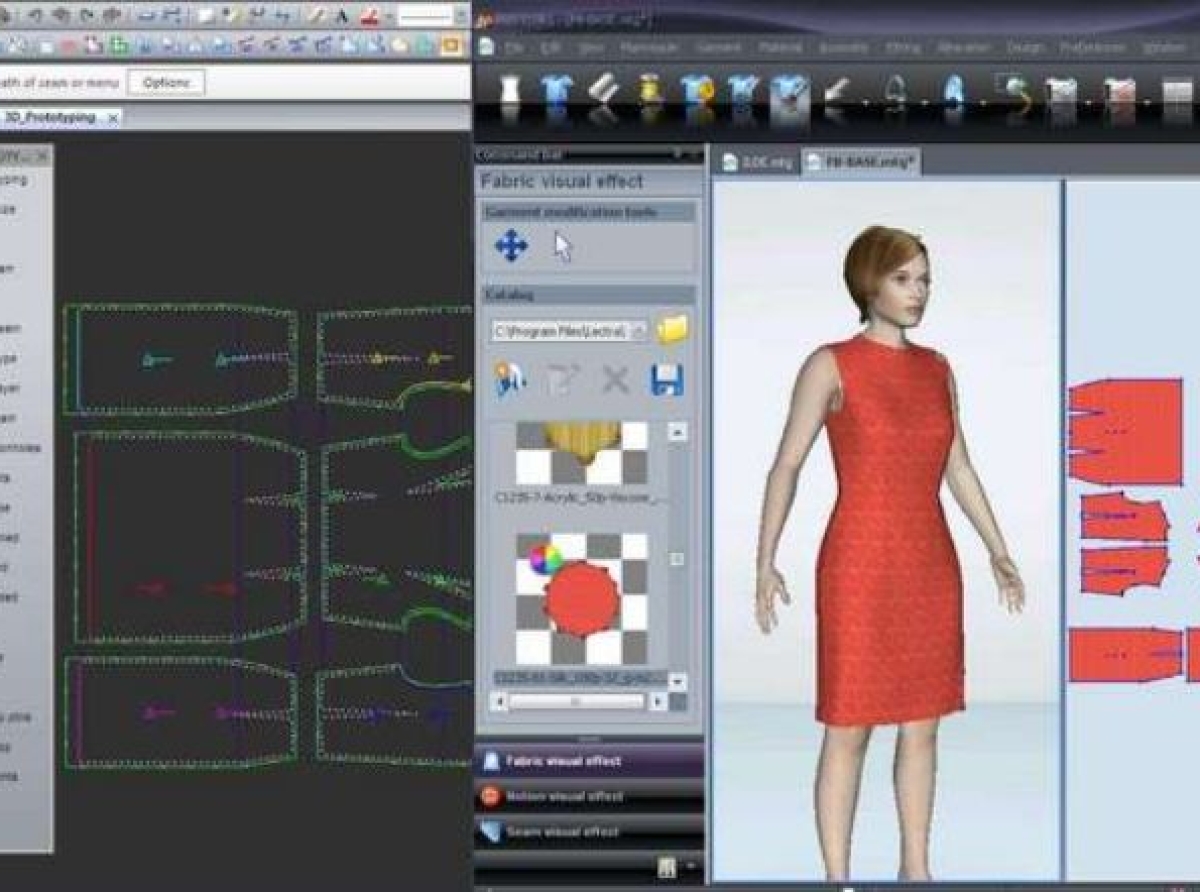28 November 2022, Mumbai
One of the global quotable quotes in the realms of fashion is which is true and valid as a motherhood statement even today made by Oscar Wilde,“ Fashion is a form of ugliness so intolerable that we have to alter it every six months Essentially it is what drives The Future of Fashion.”
Today's generation is entirely stylish, and we live in a fashionable time. They are at ease residing in a modern environment. They have an excellent need for new-fangled weave designs as a result. Fashion designers need help to keep up with the rapidly evolving trends of the international market.
They may need help to meet market needs. This happened as a result of how time-consuming fashion design is. We know that using manual processes to design and produce clothing takes time. Every fashion designer should remember that "today's design gets out of trend tomorrow" to thrive in today's cutthroat market.
Decode CAD & CAM
CAD and CAM technology have improved the speed, accuracy, and enjoyment of textile and garment design in the textile and apparel sectors. A fashion designer can draw patterns using a pen or mouse in a concise amount of time.
It not only aids in quick and efficient creation but also aids in updating the design (Clipping of specific areas, adding new forms, changing the shapes, distortion, resizing, recoloring, and color reduction) at any moment following the buyer's requirements.
Based on the considerations above, anyone can decide that CAD and CAM technology are both overly significant in the textile and apparel/clothing industry (T&A). Computer-aided designing (CAD technology) and computer-aided manufacturing (CAM technology) are crucial for solving this issue and keeping up with the market's ever-changing trends.
Both CAD and CAM technology save time and money and make tasks easier. Additionally, they increase productivity, resource efficiency, and customer satisfaction levels.
Computer-aided design and manufacturing, or CAD/CAM, is the most excellent option for textile makers.
Portends limitless possibilities
CAD is frequently used to support the design process in the fashion industry. CAD makes it easy to ensure that designs flow together in a collection and enables the design to be even more detailed. The adoption of contemporary designs and color schemes made possible by the introduction of CAD/CAM is making textile designs (fabric) more appealing and competitive to suit the continuously shifting customer demand for stylish designs nationally and worldwide.
Computer-aided drafting and design (CADD) offer practically limitless possibilities for fashion and textile designers. The fashion sector underwent significant technological upgrading throughout the past ten years, as well as the widespread use of information technology and computer science. Computer-assisted design technology is being used increasingly in the fashion and textile sector to unleash designers' creativity (power loom and handloom). Removing the labor-intensive manual design procedure improves designing potential while simultaneously boosting productivity.
CAD/CAM Technology
To boost productivity and break up design monotony in today's very competitive world, both fashion designers and textile designers must utilize the two CAD & CAM systems. Textile development and production advancements can benefit from CAD/CAM technology.
Almost all composite textile mills in the textile manufacturing industry use CAD/CAM software to provide a smooth manufacturing process. This software's variety of tools and functions liberates the design's originality everyready to make its own path.
The software quickly generates all the outputs needed to enable the craftsman to weave magnificent pieces. Technical drawings can be precisely created using CAD/CAM, offering clear instructions for the pattern development process.
The pattern technologist and the fashion designer will clearly understand designs that can be adapted to various textiles and current fashion patterns.

























